Explore The Crafted Word Rubrics…
Practice & Perfect the Art of Writing Well
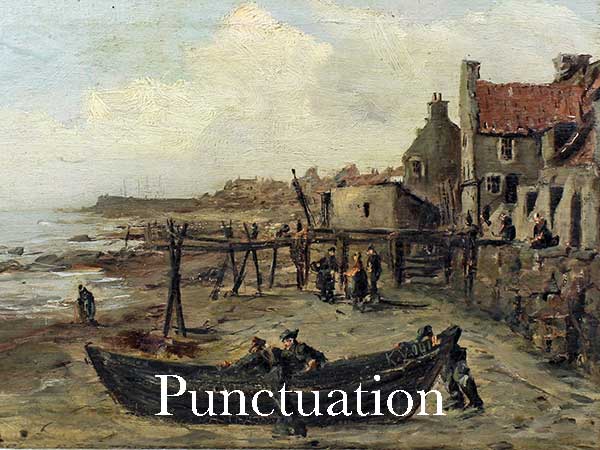
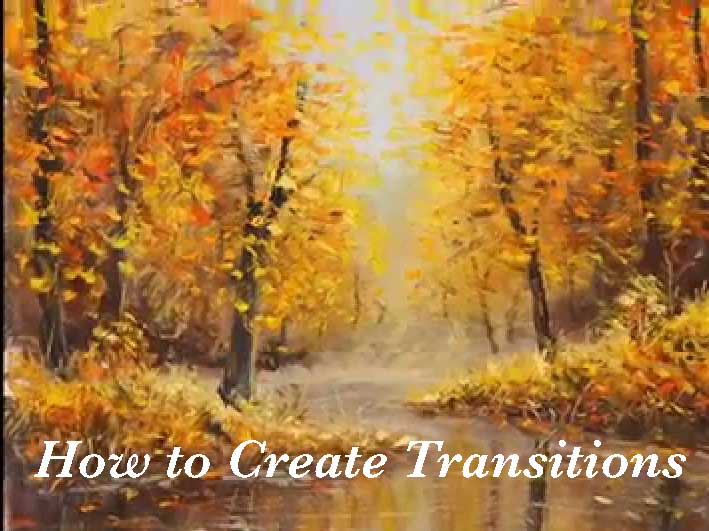
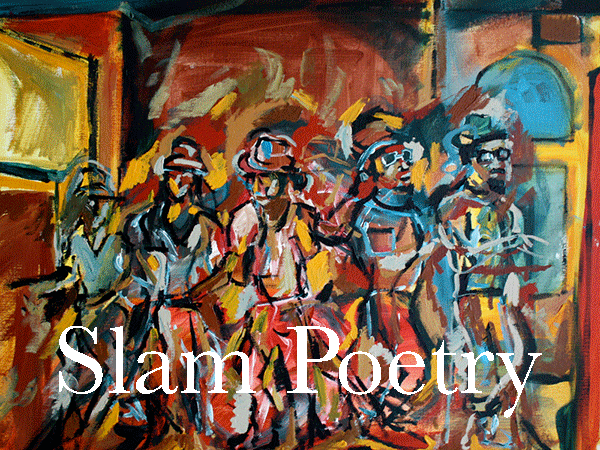
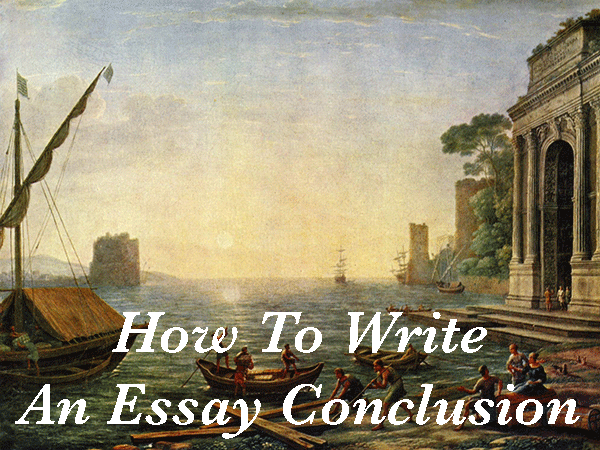
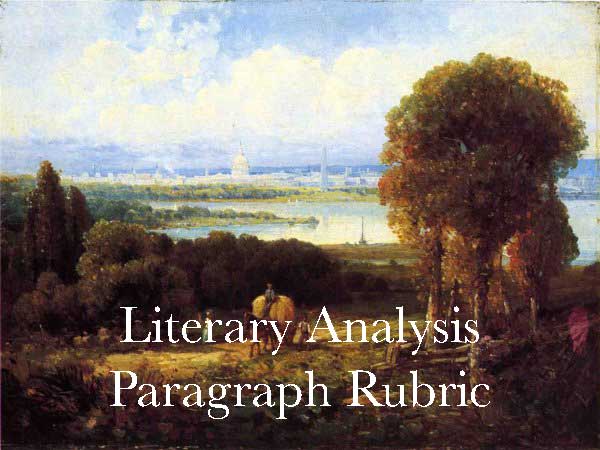
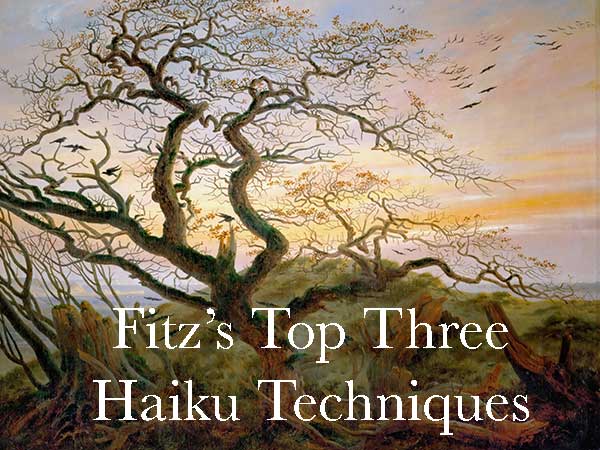
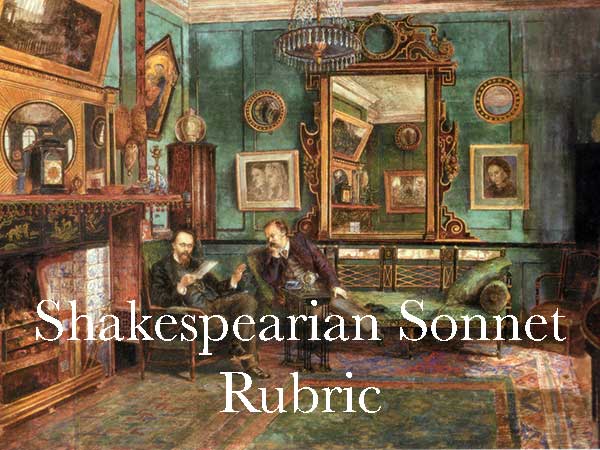
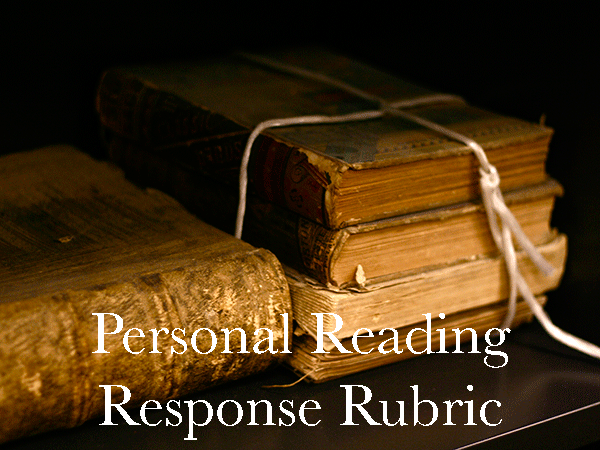
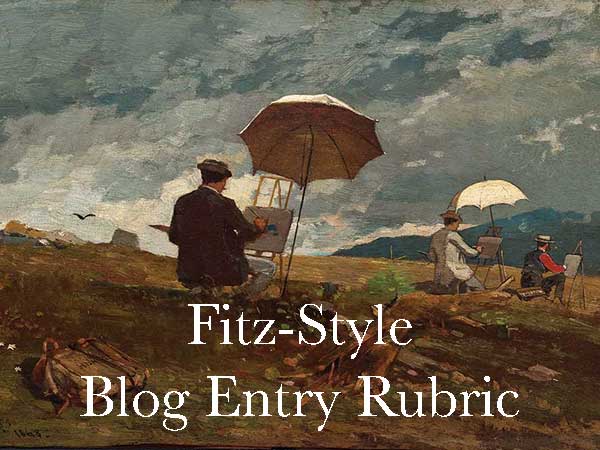
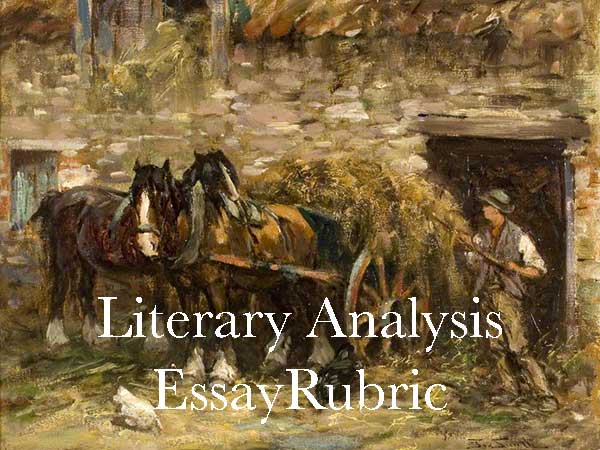
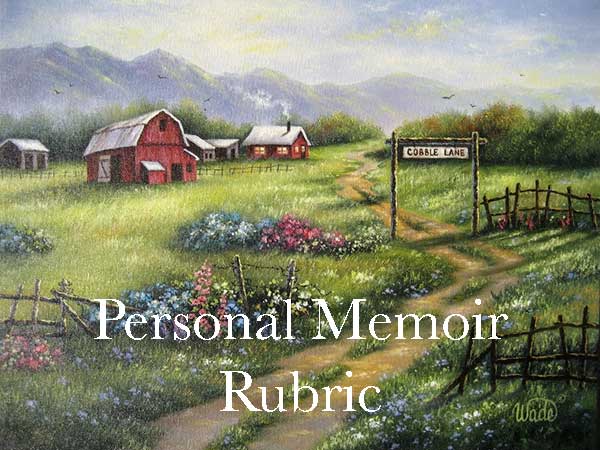
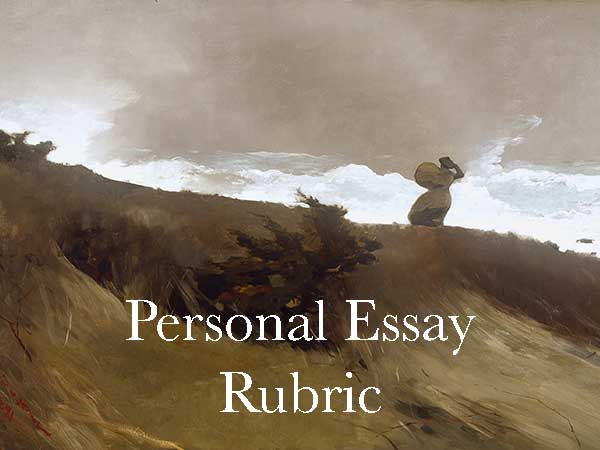
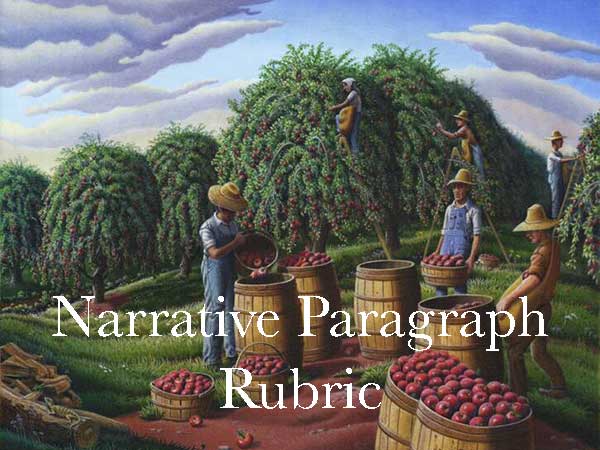
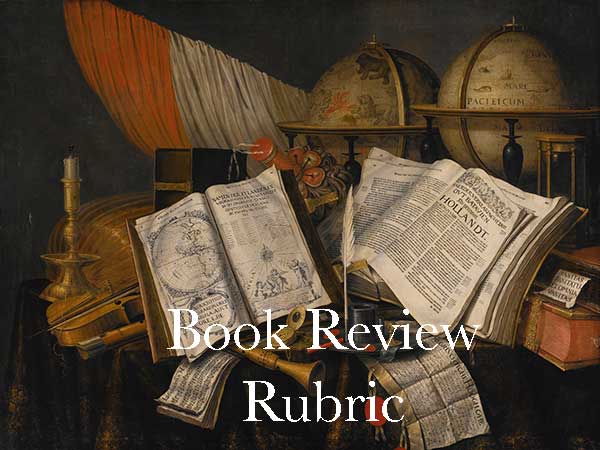
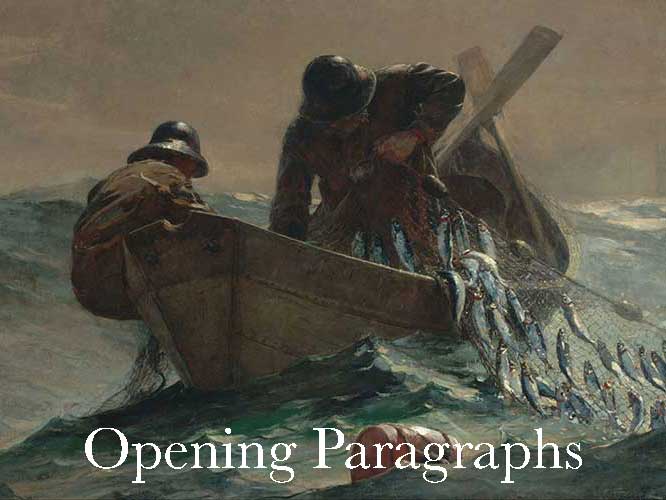
How To Write a Literary Analysis Paragraph…
How to write a narrative paragraph…
How to write a better sentence…
Some more cool tips & tricks to help you write well…
Fitz's Quick Essay Formula
Fitz’s Reflection Formula
Set the scene and state the theme. Say what you mean, and finish it clean!
One of the hardest parts of writing is finding a way to make sense of what you want to say, explain, or convey to your readers–especially when facing an empty page with a half an hour to kill and an entry to write (or a timed essay or exam writing prompt). Here is a quick formula that might help you when you need to create a writing piece “on the fly.” At the very least, it should guide you as your write in your blog, and at the very least, it will reinforce that any essay or reflection needs to be at least three paragraphs long! I’ve always told my students (who are probably tired of hearing me recite the same things over and over again): “If you know the rules, you can break them.” But you’d better be a pretty solid writer before you start creating your own rules. The bottom line is that nobody really cares about what you write; they care about how your writing affects and transforms them intellectually and emotionally as individuals. If a reader does not sense early on that your writing piece is worth reading, they won’t read it, unless they have to (like your teachers), or they are willing to (because they are your friend). Do them all a favor and follow these guidelines and everyone will be happy and rewarded. Set the scene; state the theme; say what you mean, and finish it clean is a simple rubric for writing to keep in your head as you reflect upon life and express your thoughts with written or spoken words.
- Set the Scene and State the Theme: Use your first paragraph to lead up to your theme. If the lead in to your essay is dull and uninspired, you will lose your readers before they get to the theme. If you simply state your theme right off the bat, you will only attract the readers who are “already” interested in your topic. Your theme is the main point, idea, thought, or experience you want your writing piece to convey to your audience. (Often it is called a “Thesis Statement.) I suggest making your theme be the last sentence of your opening paragraph because it makes sense to put it there, and so it will guide your reader in a clear and, hopefully, compelling way. In fact, constantly remind yourself to make your theme be clear, concise and memorable. Consciously or unconsciously, your readers constantly refer back to your theme as mnemonic guide for “why” you are writing your essay in the first place! Every writing piece is a journey of discovery, but do everything you possibly can to make the journey worthwhile from the start.2. Say What You Mean: Write about your theme. Use as many paragraphs as you “need.” A paragraph should be as short as it can be and as long as it has to be. Make the first sentence(s) “be” what the whole paragraph is going to be about. Try and make those sentences be clear, concise and memorable (just like your theme) and make sure everything relates closely to the theme you wrote as the final line in your first paragraph. If your paragraph does not relate to your theme, it would be like opening up the directions for a fire extinguisher and finding directions for baking chocolate chip cookies instead! And finally, do your best to balance the size of your body paragraphs. If they are out of proportion to each other, then an astute reader will make the assumption that some of your points are way better than your other points, and so the seed of cynicism will be sown before your reader even begins the journey.3. Finish It Clean: Conclusions need to be as simple as possible. In conversations only boring or self important people drag out the end of a conversation. When you are finished saying what you wanted to say, exit confidently and cleanly. DON”T add any new information into the last paragraph; DON’T retell what you’ve already told, and DON’T preen before the mirror of your brilliance. Just “get out of Dodge” in an interesting and thoughtful (and quick) way. Use three sentences or less. It shows your audience that you appreciate their intelligence and literacy!
How To Write an Essay Conclusion
How to Write an Essay Conclusion
Cool Tricks for a Better Exit Strategy
You are talking to a man who has laughed in the face of death, sneered at doom, and chuckled at catastrophe.
(The Wizard in The Wizard of Oz, 1939)
I wish I had a dollar for every time I had to shout at my kids, “Shut the door when you leave!”but usually they just give the door a lazy push that never really closes the door, and so they are halfway to the neighbors yard, and the open door is sucking the precious heat out of the house or letting in all sorts of nefarious insects, and I am all in a furious tizzy about my lazy, good for nothing children. Bad conclusions are kind of like that. They leave your reader feeling cheated and neglected—and sometimes just furious! But slamming the door too hard is just as bad. So what is an aspiring writer to do? You take the time to close the door carefully and say a few “thoughtful” words before you leave. So it is with any writing piece. Good writing is as much a craft as it is an art, so here is one cool way to craft a conclusion to your essay.
- Restate the tone, mood, and direction of your essay while trying to include the added insights of your head and heart into a conclusion that is pithy (meaning clear and concise) and interesting (meaning you don’t simply regurgitate what you have already said) and confident (meaning your tone is direct, assured, and imbued with a sense of finality). To do this we have to learn about a few new writing techniques.
Tri-colon+Parallel Structure+Haiku Sentence= Great Conclusion. The Tricolon: For some weird and mystic reason, we humans love to hear and read words, phrases, and clauses in groupings of three. (See the Wizard of Oz quote at the top of the page, or simply read my last paragraph–which I think is entertaining, enlightening, and edifying:) The tricolon is one example of what is termed parallelism or parallel structure. Parallelism: In simple terms, parallel structure is the repetition of a word, phrase, or clause in a series of thoughts. And for the same mystic reason, we also love it when a writer or speaker uses parallel structure or parallelism when trying to create a more powerful effect in a writing piece or speech. e.g.
- Parallelism of words:
- I always try to make Fitz’s Famous Fat Flapjacks thick, fluffy, and tasty. [The three adjectives are the same part of speech.]
2. Parallelism of phrases:
- Writing and singing is as fun as listening and grooving. [Here I use two similar gerund (verbs that work as nouns) phrases.]
3. Parallelism of clauses:
- I like scallops; I like shrimp; I like trout; but I love lobster. [The four clauses all follow the same basic pattern.]
Here is a “semi” rubric to help you write a clear, concise, and powerful conclusion using tricolons, parallel structure, and a cool as all get out conclusion: Use a tri-colon sentence to start your conclusion; add a bit of parallel structure to restate your themes, and then finish finish with a sentence that has haiku like brevity and beauty. It is perfectly acceptable to use the “I” voice if it feels like a better choice for you.
- The Tricolon Compound Sentence: Create a sentence with three “clauses.” Use a semi-colon after the first clause followed by a comma and conjunction before the last clause. This type of sentence is awesome because it allows you to express three related ideas in one sentence—one for each theme of your body paragraphs.
- e.g. The first four books of The Odyssey gives us a glimpse into the life and times of the ancient Greeks; [semi-colon] they give us a lesson in the values and customs during the time of The Odyssey, and [conjunction] and they give us a story told through stories.
- Parallel Structure: Create three or four four sentences (or clauses) that begin with the same type of phrase and which briefly captures the importance of each of the themes you wrote about in your body paragraphs. It should reflect your stating of the theme, but you don’t want to repeat word for word what you already wrote in your opening paragraph when you “stated the theme.”
- e.g. Book I introduces us to….Book II explores the…, while Book III shows…. Finally, Book IV describes the importance of…
- Haiku Sentence: Remember that the term “haiku” means “insightful fun” in the Japanese language, so this sentence needs to try and reflect the totality of your essay with a brief and final burst of insightful fun.
- e.g. If there is anything to learn from these four books, it is true, as Herman Melville once said, that “A mighty book requires mighty themes,” and The Odyssey, so far, is one exciting, memorable, and mighty story! [I added one more tricolon for effect:)]
This is how the conclusion looks when the separate parts are combined: The first four books of The Odyssey give us a glimpse into the life and times of the ancient Greeks; [semi-colon] it gives us a lesson in the values and customs during the time of The Odyssey, and [conjunction] it gives us a story told through stories. Book I introduces us to….Book II explores the…, while Book III shows…. Finally,[transition word] Book IV describes the importance of… If there is anything to learn from these four books, it is, as Herman Melville once said, “A mighty book requires mighty themes,” and The Odyssey, so far, is one exciting, memorable, and mighty story! [I added one more tricolon for effect:)]
How To Tell a Good Story
How to Tell a Good Story
“Call me Ishmael” ~Herman Melville, Moby Dick
We are born to tell and listen to stories of all kinds, but the most popular and pervasive of these is the narrative story—a story which retells an experience you have had. Every time someone asks you: “how was school? how was your trip? did you catch anything? what do you like about him? “was it a good game”? … and you answer with more than a grunted single-word response, you are telling a narrative story and YOU are the narrator. The only difference between a narrative story and a fictional story is how much you can play with the truth. The art of the story is the same. Of course, some people tell better stories than other people, but why? The answer is probably because they tell more stories or they read more stories. They are not satisfied with the single grunt because they love and want to recreate the moment as vividly and compellingly as possible, and by the process of elimination and addition they have figured out how to tell a good story. Good storytellers know what goes into a good story, and, just as important, they know what to leave out. They know that a good story, well told, brings great satisfaction to them as the tellers and writers and to their audience as listeners and readers. Truth be told, if you can’t tell a good story, it will be hard to get people to listen to you when you really want and need them to listen to you, like when you want to get into a certain school, or you want a certain job, or you are meeting new friends, or you are asking someone on a date, or you desperately need to get through that border crossing…really, anytime you are in a position where someone or somebodies want to hear your story, you need to be able to produce—and to produce, you need to practice. Kind of like I am doing now. Thankfully, you probably are already a good storyteller, at least in your head. The harder job is to get your mouth to say it like you think it or your hand to write it like you think it—it being the story. Sometimes this means you have to ignore what your teachers may have taught you about writing, for a good story needs to sing and flow with the unique rhythms of your natural way of speaking, which is rarely what a teacher is looking for in your essay. Imagine if your speaking was graded as harshly as your writing pieces? You would barely get out three sentences without being stopped dead in your tracks! Your mouth would be covered in so many red x’s that you probably would never speak again–and that would be the end of good stories. At least from you. (Even now, my grammar checker is underlining way too many phrases and words–even whole sentences–with green scribbly lines asking me to reconsider how I am writing. I just ignore them. For now.) The irony for you as a writer is that to recreate your inner voice into a story your readers enjoy reading, you have to write deliberately and carefully to be sure that it sounds and “feels” like you, and that (at least for me) takes a good deal of editing and revising and reading aloud–something most of us know how to do. We just don’t do it enough. But if you do, and if you like what you have created: man oh man, what a great feeling! Hopefully, I have written well enough that you are still with me, and if you are still with me, and if you want to be a better writer and teller of stories, you will “listen” just a bit longer. As Maria sings in “The Sound of Music” when teaching her gaggle of children: “Let’s start at the beginning/ It’s a very good place to start/ When we sing we begin with do, rei, me…” Rule #1: Get your reader’s attention!
- Your opening line is like the opening whistle in a soccer game, the first pitch in a baseball game, or the kickoff in a football game. It creates excitement and anticipation. No one knows what exactly is coming, but it certainly keeps us in our seats to see what is coming.
- Your opening line (or sometimes even just a word!) should be an expression of your passion for the story you are about to tell. As Robert Frost once said: “If there are no tears for the writer, there are no tears for the reader.” So open with a line that gets you as excited as your reader.
- I enjoy fishing. [NO NO NO: Nobody cares about you!]
- It was a day that every fisherman lives for. [YES YES YES: Every fisherman that has ever fished (or wishes to fish) lives for that day!]
- Sally is a good friend of mine. [Nooooo….]
- A good friend stands by you come hell or high water. [Yessssss! Everybody (especially your readers) wants a friend like that.]
Rule #2: Paint visually rich scenes.
- Your readers need to see and think and feel the way you see and think and feel. They are not in your head, so you need to put them in your head using images and actions, which are created using nouns and verbs, not vague thoughts. Brain studies have proven that when a brain is presented by words representing images and actions, the part of the brain that commands motion is prompted into action. This is a great time to use similes and metaphors to help make your words feel alive and real ad make your reader feel the motions of your narrative.
- The weather was lousy. [NO NO NO: What do you even mean by lousy weather?]
- The clouds cracked open and dropped unending sheets of pelting rain that scattered the screaming children like startled blackbirds from a muddy field. [YES YES YES: Your readers brain is now saying, “Run, run for cover!” and they are now a part of your story, not just a passive onlooker.]
- The game was really long. [Noooooo: what do you mean by long? Everybody has a different idea of what long means.]
- The game dragged on like a dull movie until even the referee was snoring. [Yessss….Now we know what you mean by loooong.]
Rule #3: Weave your thoughts into the story
- Tie your thoughts directly to the images and actions of your story. No one really likes to hear or read a story that is just a bunch of one person’s thoughts. Once your readers are engaged in your story, they will relish your thoughts about what is happening, and, if done well, these thoughts will spark their own thoughts, and not only will they be reliving your story, they will be creating a story of their own; they will wonder what they would think and feel and do in that same situation. The story then becomes their wondrous story, too—not just your story.
- The weather was lousy. I wish I wasn’t there. [NO NO NO: Stating the obvious is not stating much at all. And, oh yeah, nobody cares about you–unless you make them care through the miracle work of words strung like emeralds in the sky.
- The clouds cracked open and dropped unending sheets of pelting rain that scattered the screaming children like startled blackbirds from a muddy field. I could almost hear them thinking “Why did I ever come to this godforsaken place!” In the chaos of the mad cloudburst we must all have been experiencing the same nightmare of being in the wrong place at the wrong time, but at least we were all in it together [YES YES YES: This is not just sorry old you in a rainstorm; it is everybody who has ever been caught in the wrong place at the wrong time—and a universal and vexing conundrum.]
Rule #4: The End is a new beginning
- Your story may seem to end with the last line, but for your readers, the end is a new beginning full of the thinking and pondering and satisfaction that is evoked from a story well-told. No reader wants to hear or read, “That’s it. It’s over. Move on.” We don’t need to be reminded with some pithy summary that your story is over because we know it’s over. If we are reading your story, we can see it ending; if we are listening to your story, we will hear your story drawing to its close. This is not the time to point in the casket and say, “He’s dead,” as if it is a revelation we need to hear. It is a time, however, to more carefully and precisely craft your words into a final gift to your audience—like a parent, friend, or lover pressing a handful of gems into your palm before you leave on a journey and saying, “Here, take these; use them as you need them!” Your final words should read more like poetry than prose—a final reward of the best your head can create because the story is no longer yours: it is ours.
- Not… “Sooo, that’s Johnny Fitz’s story about catching a big fish.”
- But, like Norman Maclean in the closing of A River Runs through It:” I am haunted by waters.”
- Not… “This was an experience no one should have to go through.”
- But like Joseph Conrad in the last phrases of The Heart of Darkness: “The Horror, the horror.”
- Not… “It is important that all of us live and think differently.”
- But like Henry David Thoreau in the last words of Walden: “The sun is but a morning star.”
Every story is ultimately given away. It ends when you abandon it to your audience, and it then becomes a new experience—a new beginning—for your audience, and it is these final words they will mince and chew on through eternity, and so they should be crafted with care; however, remember that you have already given your audience the meat and bones of your story, so you do not need to feed them again with any kind of bland and boring summary. When I finish reading or listening to a really good story, I get an urge to sit down and think for a really, really long time. The better the story, the longer I think.
Henry David Thoreau
Write often, write upon a thousand themes, rather than long at a time, not trying to turn too many feeble somersets in the air–and so come down upon your head at last. Antaeus-like, be not long absent from the ground. Those sentences are good and well discharged which are like so many little resiliencies from the spring floor of our life–a distinct fruit and kernel itself, springing from terra firma. Let there be as many distinct plants as the soil and the light can sustain. Take as many bounds in a day as possible. Sentences uttered with your back to the wall. Those are the admirable bounds when the performer has lately touched the spring board. (November 12, 1851)
